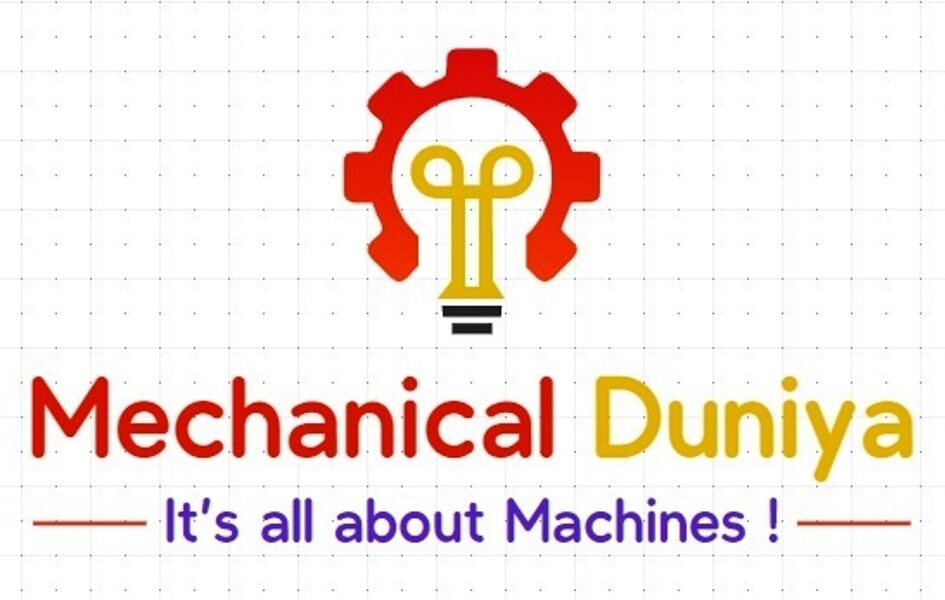Introduction:
The world of technical research and communication thrives on precision and clarity. One essential component that stands as the gateway to your technical work is the abstract. Whether you’re an engineer working in industry or an academic researcher, you’ve likely encountered the challenge of composing a compelling abstract. In this article, we’ll explore the importance of abstracts in technical articles and delve into the do’s and don’ts of crafting a top-notch abstract. By the end of this guide, you’ll be well-equipped to create abstracts that captivate readers and spark their interest in your research.
The Significance of Abstracts:
Abstracts are more than just a formality in the world of technical communication. They serve as the initial touchpoint between your research and your audience. For engineers and researchers, submitting technical reports, project summaries, and research papers is a common practice to communicate their findings. Within this context, the abstract takes on a crucial role.
An abstract, typically a concise 100 to 200-word summary, serves as a snapshot of your work. It should encapsulate the primary objectives of your research, the methods employed, key findings, and a succinct conclusion. In essence, it provides readers with a quick overview, helping them gauge whether the full article is worth their time and attention.
For research students, abstracts are invaluable tools for efficiently navigating through a vast sea of research articles. By reading abstracts, they can quickly assess the relevance of an article and decide whether to delve deeper. This practice not only saves time but also streamlines the process of extracting pertinent information from a multitude of sources.
How to Write an Effective Abstract:
Creating a compelling abstract involves adhering to certain guidelines and avoiding common pitfalls. Here are some essential do’s and don’ts to consider:
Do’s for Abstracts:
-
Conciseness and Clarity: Keep your abstract clear and concise. Every word should contribute to the reader’s understanding. Strive to make your abstract informative without unnecessary elaboration.
-
Objective and Motivation: Clearly state the main objectives and motivation of your research. Readers should immediately grasp why your work is significant and what problem it aims to address.
-
Methodology Overview: Offer a high-level overview of the methods you used. This helps the reader understand the approach you took in your research.
-
Highlight Key Findings: Mention the most important results or discoveries of your research. This is where you show the value of your work.
-
Concise Conclusion: Conclude your abstract with a brief and clear summary. The reader should leave with a sense of the research’s impact and what to expect in the full article.
Don’ts for Abstracts:
-
Equations: Avoid including equations in your abstract. Equations are often highly technical and can be a barrier to understanding for those not well-versed in your field.
-
References: Refrain from citing references in your abstract. It should stand alone and not rely on external sources.
-
Specific Results: While you can mention key results, avoid delving into detailed findings in the abstract. Focus on conveying the broader implications of your work.
-
Avoid Generic Language: Instead of using terms like ‘paper’ or ‘article,’ use ‘research’ or ‘investigation’ to maintain clarity and professionalism.
Conclusion:
In conclusion, writing an effective abstract is a fundamental step in the process of creating technical documents, research articles, or papers. The abstract serves as the window through which your readers view your research, and it must be polished to perfection. When crafting your abstract, place emphasis on offering a high-level view of your methodology, showcasing key findings, and addressing the research gap that your work fills.
Remember, brevity is key in abstract writing. Avoid overloading your abstract with excessive detail, and instead, focus on providing a tantalizing glimpse of what your research entails. For further guidance, consult reputable research methodology resources and sample abstracts to refine your skills.
By mastering the art of writing technical abstracts, you’ll not only enhance your ability to communicate your research effectively but also make your work more accessible and enticing to your target audience. Whether you’re submitting research to academic journals, presenting findings in a professional setting, or sharing knowledge within your field, a well-crafted abstract can be the key to unlocking your research’s full potential.
Conclusion
Writing an abstract is one of the first essential parts of a technical document or research article or paper. Focus more on an overview of the method used, results achieved, and the research gap addressed by you. Do not overwrite and do not add too much information to an abstract. You can refer to any good research methodology book to get more information.
